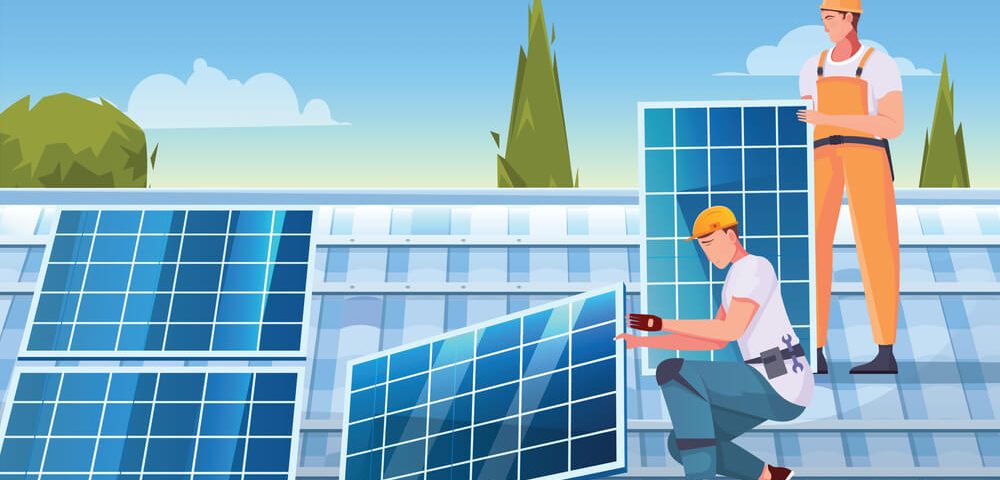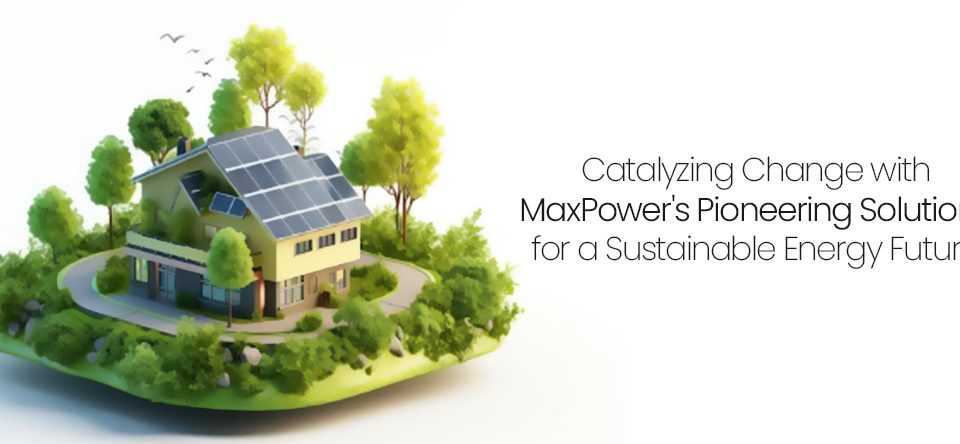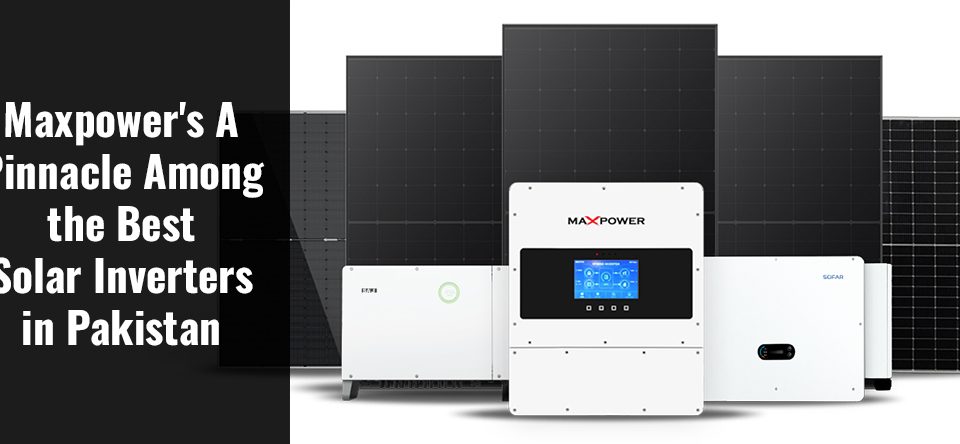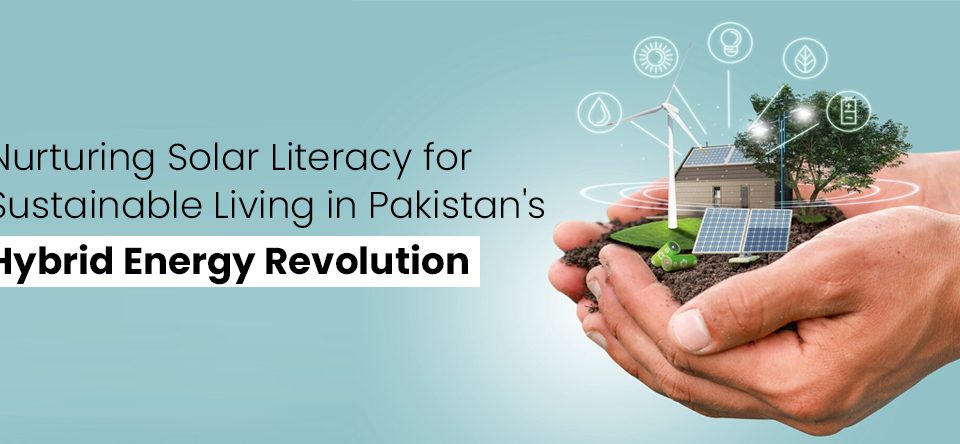
What are the Different Types of Solar Panels?—A Complete Guide
September 21, 2021
Which Solar Plate Type is Better—Monocrystalline or Polycrystalline?
September 9, 2021Going green and energy independent with solar panel systems is a great idea—but the installation procedure is not that simple. Any major to minor negligence or lack of knowledge affects the efficiency of solar plates. Here, we have assembled a list of things you need to avoid while installing the solar panel system.
- Mounting the Non-Productive Components Away from the Sun
- Installation of Partially Shaded PV Panels
- Errors in Sizing
- Not Being Aware of the Climate Condition of Your Location
- Solar Power Not Balancing Across Phases
- Check the Micro-Cracks
- Unorganized Connecting Cable
- Use of Not-so Good Quality Equipment
- Not Inquiring About the Installers
- Typical Power Interruptions
- Some Systems Are Not Designed for Certain Upgrades
To improve the working efficiency of the solar panel system, this checklist plays a vital role in the purpose. Marking them all the way will help in a proper increase of solar panel performance. They are explained as;
Not Mounting the Non-Productive Components Away From Sun
The best way to prevent solar panels from corroding is to properly direct all current-carrying components so that no undesirable events occur. You should also be cautious of the wind, which can cause the wire loops to oscillate, raising noise levels and triggering electrical sparks. Use a stainless steel cable conduit to ensure compliance with local fire safety regulations.
Not Properly Dealing With The Partially Shaded PV Panels
In the sequence of a ‘string,’ the Pv system is connected. A little quantity of shadow may have a far greater influence on one or two panels than you could anticipate. The approach is to thoroughly check your roof using pictures taken annually, as the shadow changes. If shade cannot be ignored, there are technological solutions such as microinverters and DC optimizers that prevent the whole system from being limited by a single shaded panel.
Errors in Sizing
Most individuals take the electricity bill, assess their electricity use, and then build a solar system. This technique does not take account of numerous key parameters, including; voltage, panel orientation & natural performance declining
These variables are accountable for the disparity between success and failure. For example, you can destroy expensive gear if your battery banking or panel does not have the correct voltage. This can have serious repercussions. For example, the whole system might damage hardware if your solar or battery bank doesn’t have the correct voltage.
Related: Top Common Problems A Solar Inverter Can Face
Not Being Aware of the Climate Condition of Your Location
High temperatures might reduce the amount of energy you produce. You also get to choose how many hours of sunlight you get. Most places receive 4 to 6 hours of sunlight every day, and the exact amount influences the size of the system. An indoor plant with temps in the mid-70s is suitable for testing solar panels.
Not Balancing Solar Power Across Phases
It’s crucial to know which appliances are in which phase if you have a three-phase power supply. To use equal power on all three phases, the best setup is a three-phase inverter that tries to balance power among all three phases. Make sure your energy consultant understands the distinctions and can recommend the best system for you.
Not Checking the Micro-Cracks
Start examining “micro-cracks” that are minute and difficult to detect without being closely looked at. These are caused by the incorrect handling of a PV panel or by excessive force. The power generation level of your solar panel’s system will decline significantly as the crack increases.
Unorganized Connecting Cable
The most effective way to prevent rust on solar panels is to correctly manage all of the existing feature parts to minimize unpleasant occurrences. You must be cautious of the wind because it can push backward and forwards wire loops, which not only increases the volume but also creates electric sparks. Use a stainless steel cable conduit to meet local fire safety regulations.
Use of Not-so Good Quality Equipment
Low-cost, unproven panels account for some of the cost savings from cheaper panels and inverters. Third-party manufacturers rigorously test good manufacturers’ panels to perform life cycle tests. Because most system configurations only have one inverter, it must be reliable. Checking the warranty duration is the best way to ensure your converter’s reliability.
Not Inquiring About the Installers
The certification of any company’s designers and installers demonstrates that solar systems can be properly planned and deployed. Solar power systems fitted by non-accredited electricians are ineligible for government subsidies. If you request a rebate for a system that was later shown not to have been installed by a certified electrician, you may find yourself having to pay substantially more for your system.
Tip: Maxpower Pvt Ltd provides you affordable quotes for expert solar solutions.
Not Dealing With The Typical Power Interruptions
Since solar panels with grids don’t have to be connected to the public grid, your electricity falls down when the grid is going down—that is when the battery back-ups from the solar panel system are followed. In the messed power integration system, when electricity is there, the devices and lights still continue to run on the battery.
This means that your home cannot be powered by any critical infrastructure, thus, the single connection of a solar panel from a backup battery is straightforward to resolve. Focusing on the power integration prevents certain energy interruptions and unnecessary battery power wastage.
Related: Effective Ways to Improve Solar Panel Efficiency
Not Considering Upgradable Solar Systems Upgrades
Most battery storage systems with solar energy can be linked, but certain additional considerations have to be considered. You may need to add some more solar panels if you plan to add a battery right now or later. Ask if your provider has designed your system in such a way that it can be modified if necessary. if necessary.
Questions to Ask Yourself While Installing PV System Yourself
Unless you have the proper knowledge to remove solar panel system yourself—zask yourself some questions about the installation;
- How can the solar panel be placed optimally?
- Where the solar panel should be installed ideally, to likewise support the roof?
- What is the status of the solar panel wiring?
- What size solar panel will be required to provide the full-fill energy requirements?
Answering these questions will allow the user to properly understand the why’s and what’s from their solar panel system. Although, in commercial or other technical situations, it is best to leave the installation to specialists. A single setup error could result in innumerable problems in the future.
Related: Proper Way of Installing Solar Panels in Your Place – A Step-by-Step Guide
If you are not experienced enough for DIY installation but still have to try it for the first time then you do not need to reduce corners on the subject of the kind of solar panels you purchase. Low-value solar panels can also additionally appear like an extremely good concept proper now, however, they’ll value you extra some years down the line. An expert solar panel contractor like Maxpower ought to be capable of factoring you to perfect solar panel designs.
Frequently Asked Questions
What is the lifespan of a solar panel?
Depending on the quality, maintenance, environment, and the type of the solar panel system—polycrystalline plates installed in the optimum weather (not so cold and hot) conditions, maintained properly, with copper grounding can surely last from 30 to 35 years. Although, the claimed lifespan of the panels ranges from 20 to 25 years.
What happens to solar panels after 25 years?
The solar panel systems surely work after a given lifespan ratio, but the efficiency drops—polycrystalline plates are reported to drop their efficiency to 80% after 25 to 35 years (depending on various factors; maintenance, environment, quality, etc.)
What is the minimum number of solar panels?
The number of solar plates depends on the certain requirement of the system—for instance, if you are installing a PV system of 5kW capacity, then you might be needing 20 plates of 250w capacity. Likewise, if you are installing a system of 8kW then you will be needing a total of 32 solar plates.




